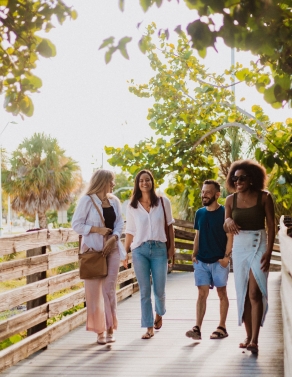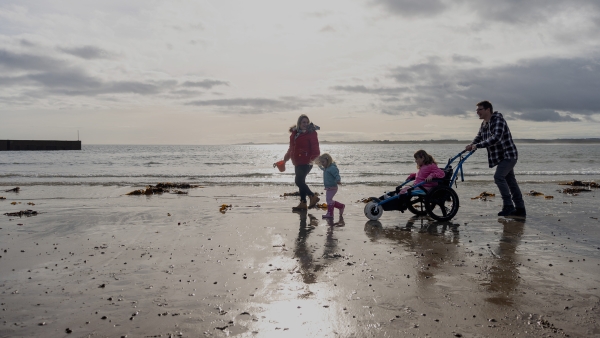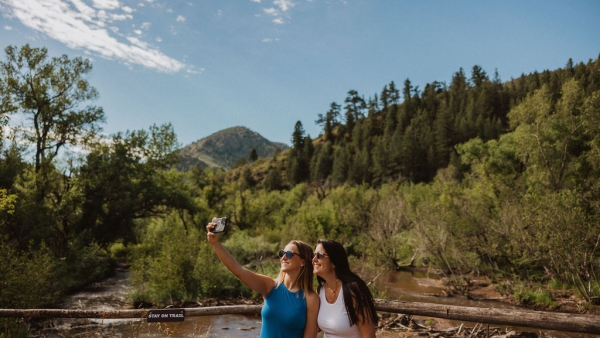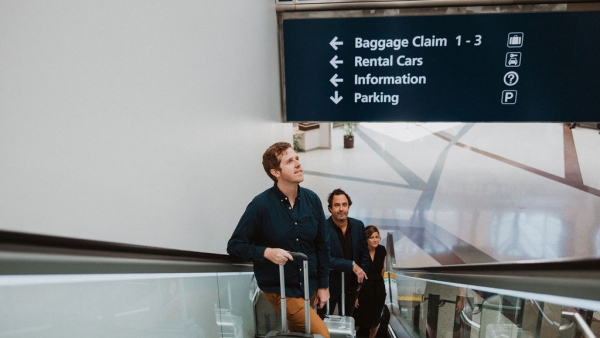Over half of American travelers plan to prioritize leisure travel this fall. Visiting friends and family, relaxing, exploring and new experiences are just some of the top travel motivations on their list. However, for travelers with disabilities, these trips can be accompanied by unique challenges that are too often overlooked and disregarded.
In our recent webinar, “Travelers with Disabilities,” research found that one in six travelers indicated that they, or someone they travel with, face challenges around travel due to mental, physical or emotional impairments. The growing awareness around the importance of inclusivity in travel has led to more destinations and attractions working to make travel more accessible.
Barriers for Travelers with Disabilities
In a recent survey done by Future Partners, almost half (47.2%) of travelers with disabilities stated they are faced with mobility and physical impairment issues, 33.6% with psychological issues and 22.8% with invisible disabilities. Below are just a few of the major barriers these travelers face when traveling, not including the social stigma they often feel while traveling associated with these challenges.
- Physical barriers: Too often, facilities don't offer accessible spaces. This includes restrooms, hotel rooms, appropriate elevators, or obstacles and obstructions making it difficult to navigate. Many of the necessary accessibility features are not recognized by the ADA (Amercians with Disabilities Act) or the universal design architectural standard.
- Transportation: Travelers with disabilities rated visiting attractions or events (37.1%) and using or getting around transportation hubs (36.5%) as some of the most difficult challenges they face while traveling. Something as simple as securing the appropriate seating at an event or encountering difficulties boarding a plane can cause major setbacks for these travelers and deter future travel plans.
- Accommodations: Not all accommodations offer accessible facilities such as roll-in showers, wide doorways and properly heightened fixtures. Additionally, marketing this information on your website and equipping staff with the proper knowledge often remains unaddressed.








